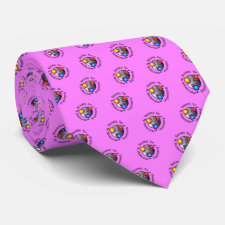
Authors: Gong X, Tang B, Liu JJ, You XY, Gu J, Deng JY, Xie WH
Article Title: Synthesis of adenosine-imprinted microspheres for the recognition of ADP-ribosylated proteins.
Publication date: 2017
Journal: Biosensors and Bioelectronics
Volume: 87
Page numbers: 858-864.
DOI: 10.1016/j.bios.2016.09.027
Alternative URL: http://www.sciencedirect.com/science/article/pii/S0956566316309071
Abstract: Core-shell structural adenosine-imprinted microspheres were prepared via a two-step procedure. Polystyrene core particles (CP) were firstly prepared via a reversible addition-fragmentation chain transfer (RAFT) polymerization leaving the iniferter on the surface of the cores, then a molecularly imprinted polymer (MIP) shell was synthesized on the surface of the cores by using acrylamide (AAm) as the functional monomer and ethylene glycol dimethacrylate (EGDMA) as the cross-linker. The formation and growth of the MIP layer were seen dependent on the initiator (AIBN), AAm and the polymerization time used within the polymerization. SEM/TEM images showed that the dimensions of the cores and shells were 2 μM and 44 nm, respectively. The MIP microspheres exhibited a fast rebinding rate within 2 h and a maximum adsorption capacity of 177 μg per gram for adenosine. The adsorption fitted a Langmuir-Freundlich (LF) isotherm model with a KLF value of 41 mL/μg and a qm value of 177 μg/g for the MIP microspheres. The values were larger than those for a non-molecularly imprinted polymer (NIP) particles (5 mL/μg and 88 μg/g) indicating a better adsorption ability towards adenosine. The MIP microspheres showed a good selectivity for adenosine with a higher adsorption (683 nmol/g) for adenosine than that (91 nmol/g, 24 nmol/g and 54 nmol/g) for guanosine, cytidine and uridine respectively. Further experiment proved that the adenosine-imprinted polymer microspheres also had a good selectivity for ADP-ribosylated proteins that the MIP could extract the ADP-ribosylated proteins from the cell extract samples
Template and target information: adenosine, protein, ADP-ribosylated proteins
Author keywords: Post-translational modification, ADP-ribosylation, adenosine, molecularly imprinted polymer, protein recognition



Join the Society for Molecular Imprinting

New items RSS feed
Sign-up for e-mail updates:
Choose between receiving an occasional newsletter or more frequent e-mail alerts.
Click here to go to the sign-up page.
Is your name elemental or peptidic? Enter your name and find out by clicking either of the buttons below!
Other products you may like:
 MIPdatabase
MIPdatabase









